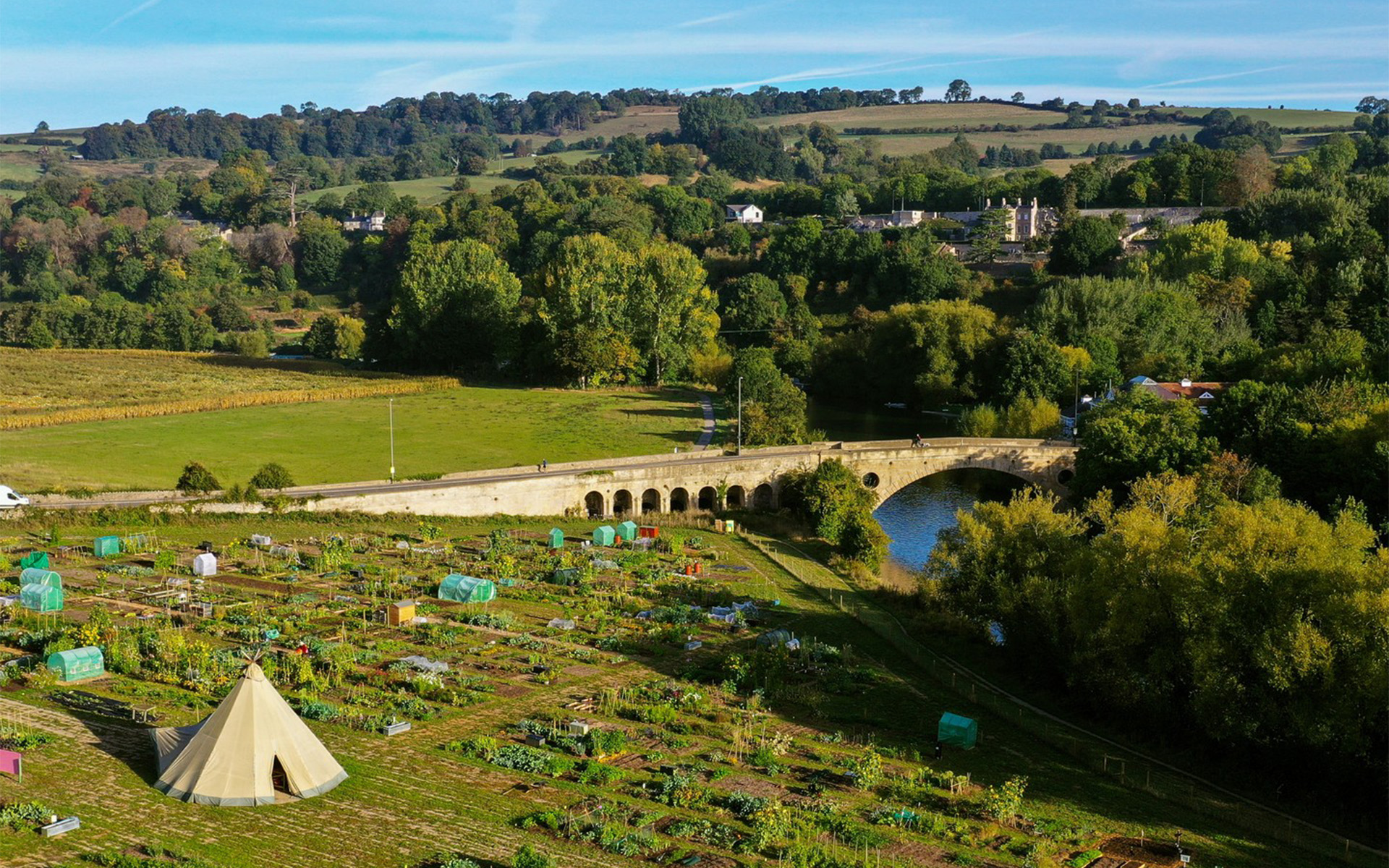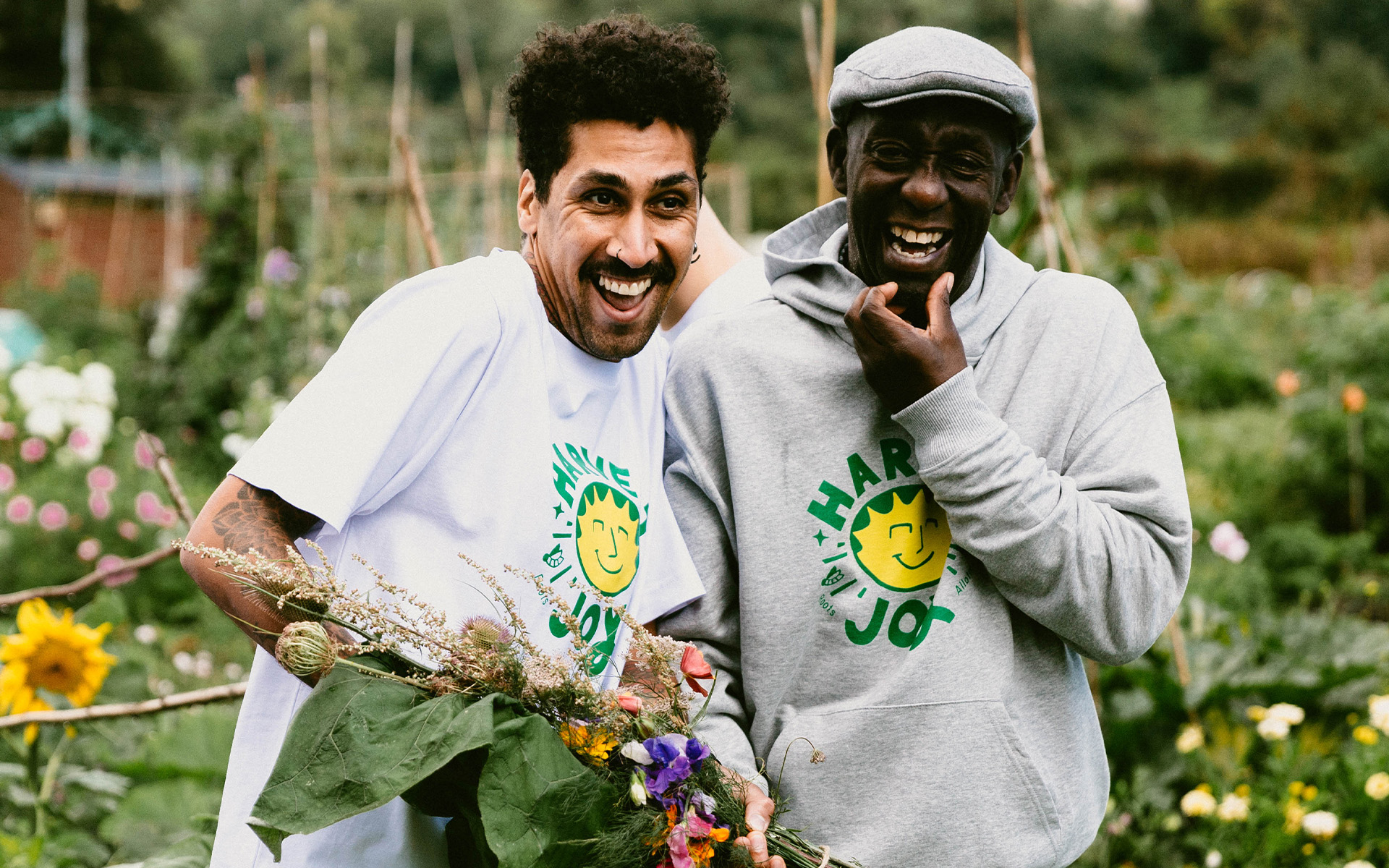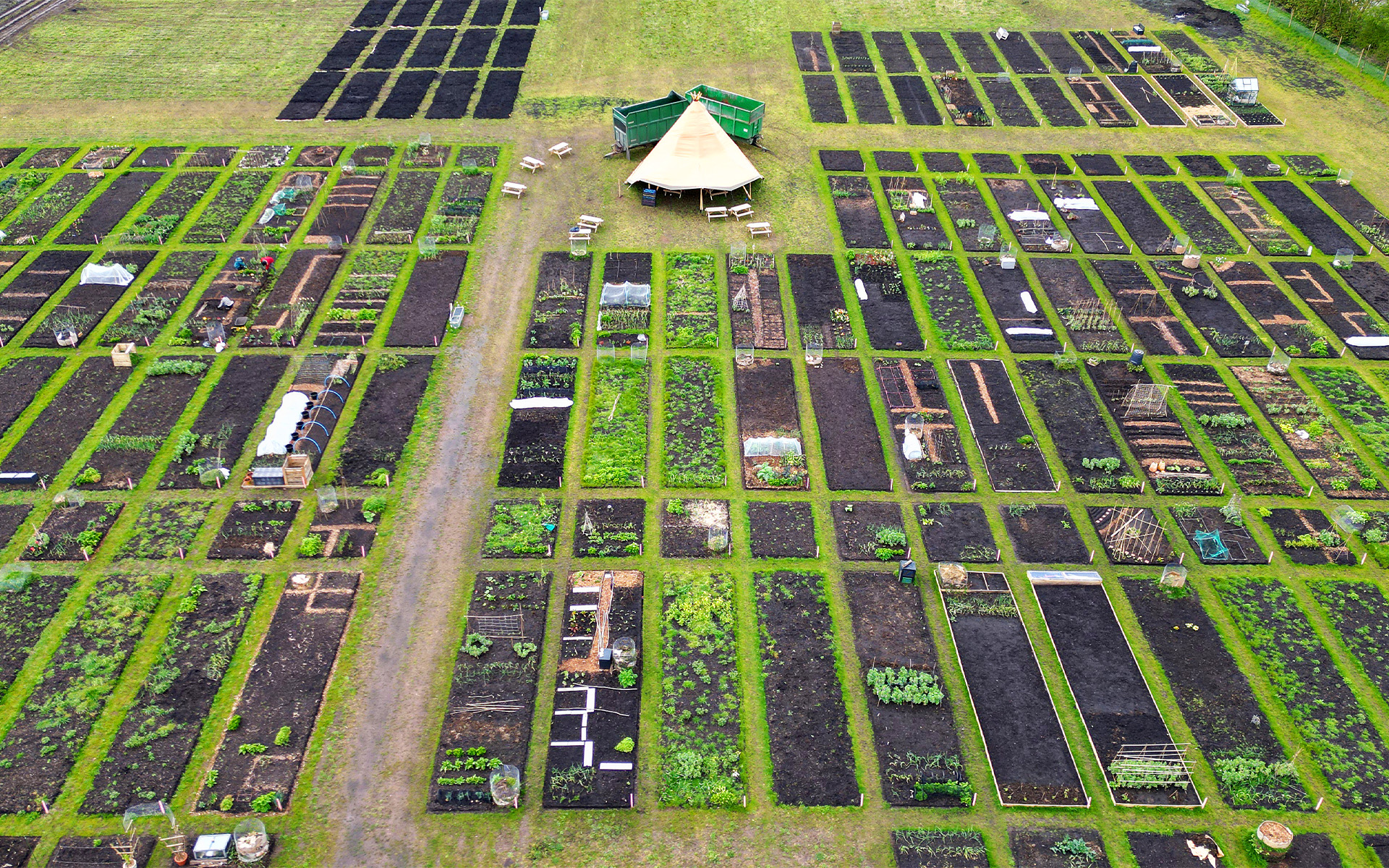
Illustration by Anna Broadhurst
For more than 100 years, council-owned allotments have been providing a patch of land for green-fingered residents in UK towns and cities to get outdoors and grow something. These often ramshackle but well-loved patches of land are scattered across the country and available to everyone, at a minimal cost.
Their provision is enshrined in law – The Small Holdings and Allotments Act of 1907 and 1908 made local councils responsible for providing allotments if there was a demand for them.
However, as the population has increased and more people have moved to built-up urban areas and homes without gardens, demand for allotments has risen. But the number of allotment patches has not.
In fact, land dedicated for allotment use has declined by 65% from its peak between the 1940s and 1960s, according to research by the University of Sheffield which analysed maps of major UK cities from the early 1900s to 2016. The most deprived areas have suffered from eight times more allotment closures than wealthy areas and that lost land could have grown an average of 2,500 tonnes of food per year in each city.
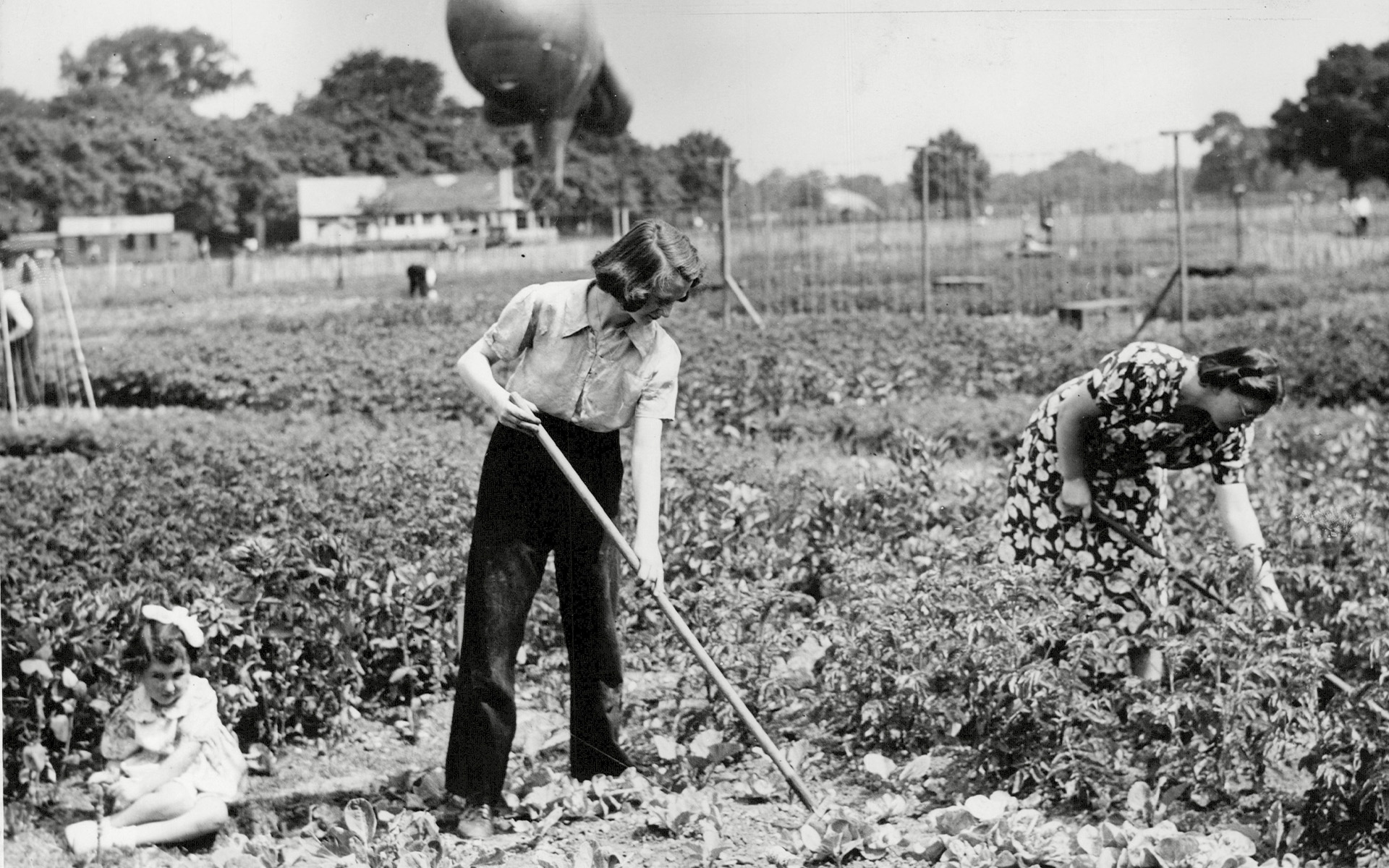
Allotment in Britain during WWII. A barrage baloon is seen in the background. Image: Northcliffe Collection/Shutterstock.
It’s not just the steady supply of homegrown fruit and vegetables that allotment owners gain from. There are also the physical and mental wellbeing benefits, as well as the social connections made during time spent working on an allotment. All of which were amplified during the COVID-19 pandemic, when time spent outdoors was restricted more severely if you didn’t have a garden.
Getting an allotment plot of your own is easier said than done though. Waiting lists are up 81% on 12 years ago, with around 174,000 people waiting for their opportunity to take up a trowel and shovel. Last year, Greenpeace compiled data from local authorities around the UK and found waiting lists at an average of three years, rising as high as 9.8 years in Edinburgh or even 15 years in Islington, north London.
In a British housing market where it’s not uncommon for renters to have to move home every two or three years in some cities, waiting lists of several years are clearly not practical.
In Scotland, the 2018 Community Empowerment Act aims to improve the availability of allotments in Scotland and to reduce waiting times. It also requires every local authority to prepare a food-growing strategy. But across the UK, council budgets are stretched and creating more allotments must compete with a long list of other local priorities.
However, it’s not a purely financial decision, says Andrew Teanby MRICS, associate director for rural research at Savills: “Allotments are important to the social fabric of a community,” he says. “Their provision isn’t a purely financial decision, it's much broader than that.
“If someone moves to an area, and is into gardening, it's a great way to integrate into a new community. There’s engagement in food production as well, the appreciation of where food comes from and so there's that educational value. From a council's perspective it's a service that is worth investing in.”
An entrepreneurial solution
Roots Allotments, established in the south-west of England in 2021, spotted a gap in the market for keen gardeners who don’t want to wait several years for a council plot. The company creates allotment-style patches of land that subscribers can get onto and start producing fruit and vegetables within weeks rather than years.
However, the cost and size of their allotment plots relative to council-run allotments has raised eyebrows. A 36m2 plot on one of their sites costs £20 a month, whereas a 250m2 council-owned plot can cost as little as £20 a year (although this is increasingly rare and rises to more than £100 a year with some councils).
Roots has been accused of the capitalisation of what has traditionally been a socialist venture, privatising allotments to make a profit from people eager to get gardening.
“We're not privatising allotments because we're not taking over council land,” says Ed Morrison, one of the co-founders of Roots Allotments. “How could we privatise allotments if we are opening up private land for people? We never want to see council allotments disappear. We always want to be a complementary service.”
Morrison is realistic about his company’s need to make a profit to establish more sites. “I find it unfair that people criticise us on price because we can't do much better than that,” he argues. “Otherwise, we won't exist as a business.”
To most observers it looks like a classic case of supply and demand. There’s huge demand for allotment places across the country but councils are struggling to supply them. Roots are offering people a way to skip the queue and get gardening straight away, but at a higher cost. The choice to go with Roots Allotments or wait it out for a council patch is for the individual to make.
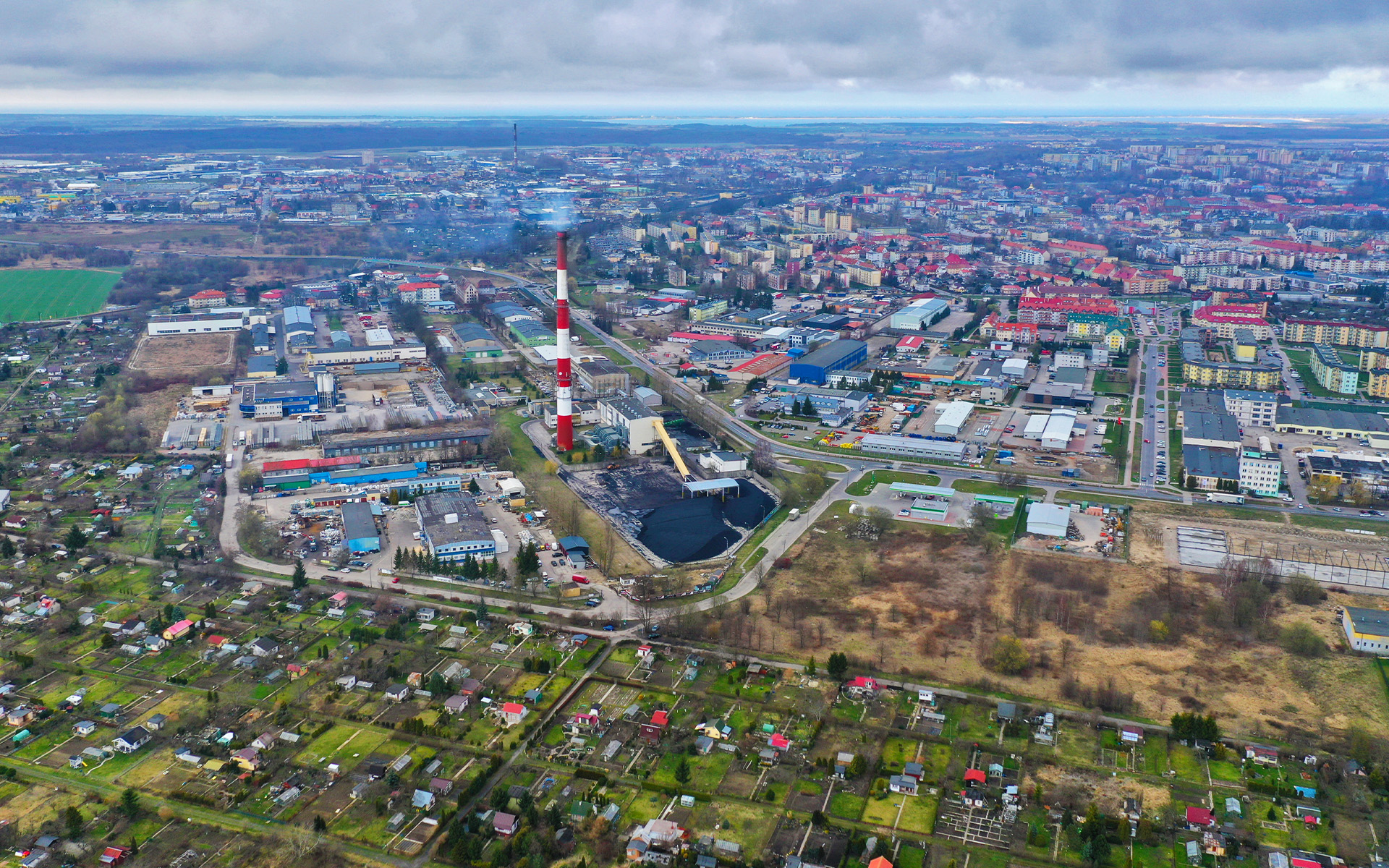
Aerial view of Koszalin in Poland of allotments with industrial zone and gardens behind. Image: FStockLuk/Shutterstock
Hedge funds
Roots’ critics haven’t only focused on the financial side of the business. Many of the objections to their site have been centred around loss of natural habitat and the impact on biodiversity when a meadow or other unused green space is converted to hundreds of neatly ordered allotments. And on those allotments, the ‘no-dig’ method of gardening is advocated, which involves bringing in large quantities or organic mulch to get started.
Biodiversity is something Morrison is working on. “Part of our vision for our sites is to create a mixed-use space that's for food production and benefits nature at the same time,” he says. “At every one of our allotment sites, once we've established it and put the main infrastructure in, we will plant native hedgerow around the fencing that we put up.
“Then 10 to 15% is dedicated to a wildflower meadow and mixed fruit and nut orchard. And then we'll dig ponds in, in the different sections. That will encourage ducks, frogs and toads to come onto our site. And then they'll start eating the slugs as a natural form of pest control.”
Without these provisions, it could be argued that the loss of a wild meadow or field in a rural location is bad for biodiversity. Conversely, in an urban location an allotment will tend to be an improvement for biodiversity over most elements of the man-made built environment.
Savills’ Teanby says allotments do count towards England’s new biodiversity net gain rule, which stipulates new property developments must increase biodiversity by 10%: “This is really significant as it means their positive biodiversity credentials are recognised and developers are incentivised to create allotments as part of their onsite biodiversity mitigation measures.”
Finding the space to grow
Morrison is also wary of a certain element of nimbyism creeping into local objections to new Roots Allotments sites. He gives the example of recent opposition to a site near Bristol, which came largely from people in a nearby village where most residents had a large garden of their own. “They said ‘we are fortunate to have fairly large gardens, so there's not much local appetite [for allotments].’ But think about the people 1.5 miles away in Bristol who don't have those big gardens.
“Nothing is perfect in this world. And if you constantly chase an idea of perfection, we're never going to have progress,” Morrison says bullishly. “The closer you get to food growing and food production, understanding the instability we’re heading towards, the more you realise we need a variety of solutions. That's why we will carry on with what we're doing.”
For a council with a finite budget, allotments aren’t always going to come out on top, adds Teanby. “If you look at them purely financially, the cost of management versus the income, it probably doesn’t stack up particularly well. You’ve really got to see value in the social aspect of it.”
Allotments around the world
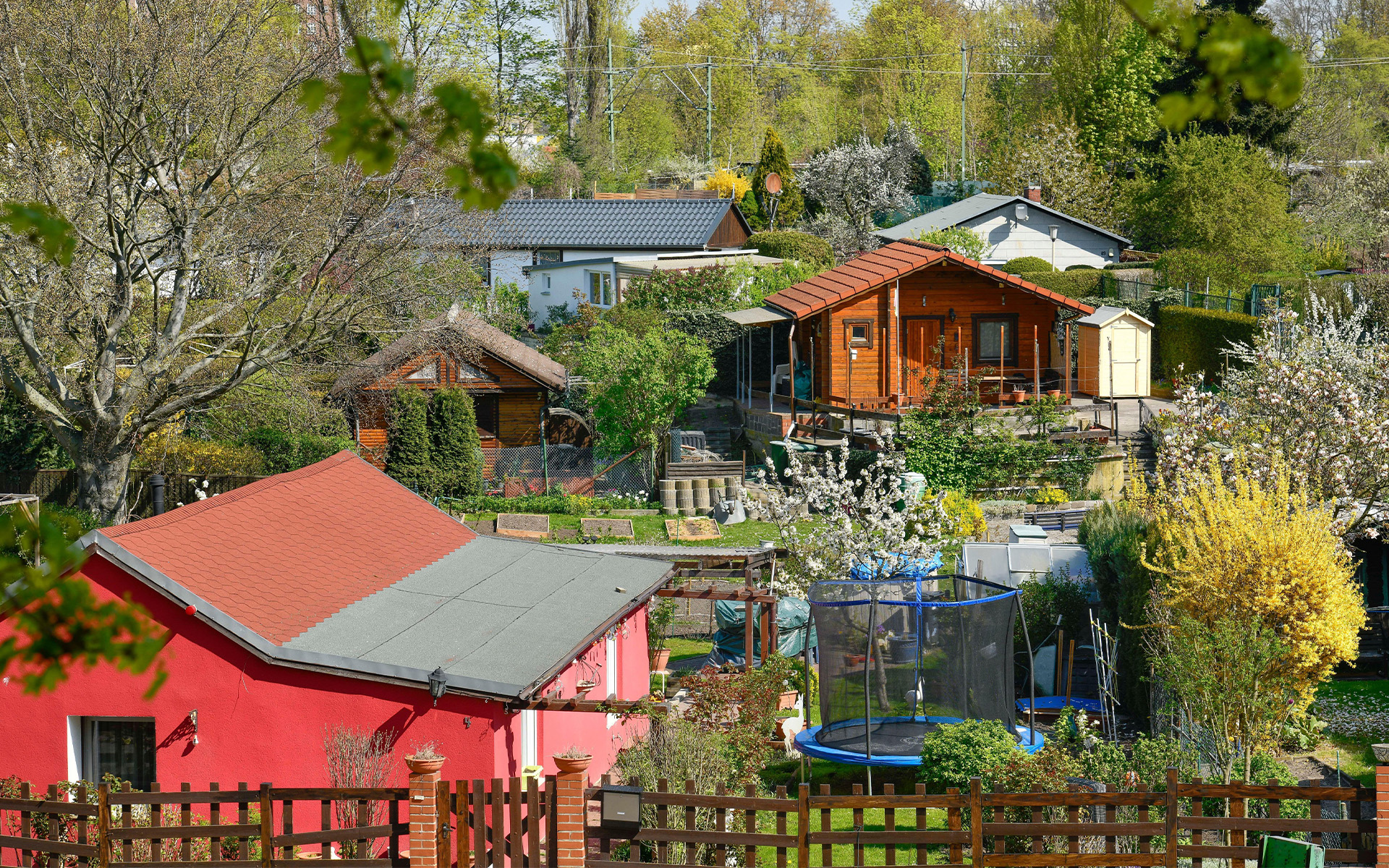
Kleingartenverein Kolonie Westend, Charlottenburg, Berlin, Deutschland. Image: Bildagentur-online/Alamy
Germany
In Germany there are more than 900,000 ‘kleingarten’ available to members of local gardening organisations. However, their recent boom in popularity means waiting lists in the bigger cities can be long.
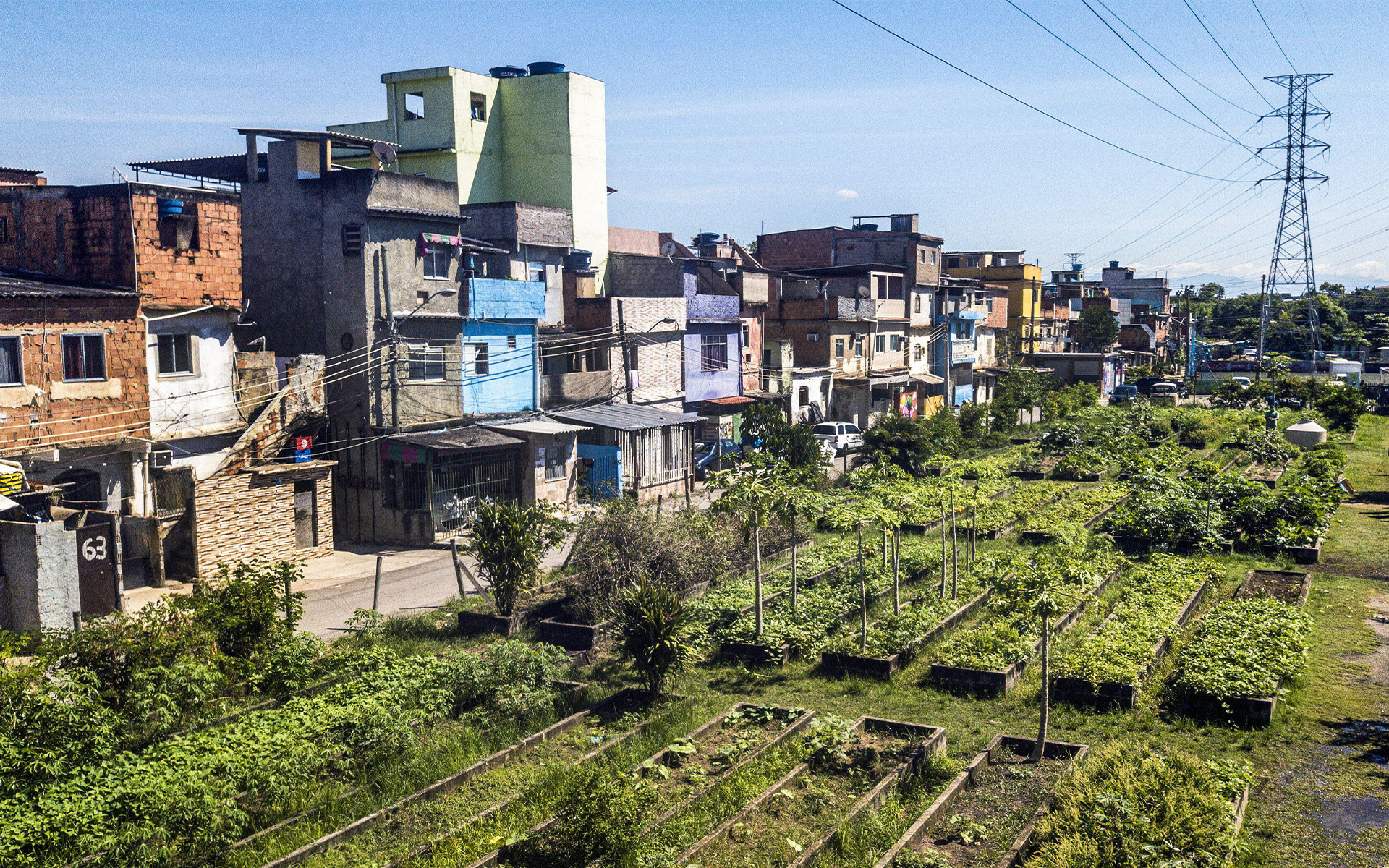
Drone view of the Manguinhos Complex Community Organic Vegetable Garden - Hortas Cariocas Project of the Municipal Environment Secretariat. Image: Pulsar Imagens/Alamy
Brazil
‘Hortas Cariocas’ is a Brazilian allotment project in Rio de Janeiro, with the aim of encouraging organic vegetable production in low-income communities and public schools. The neighbourhood is given the materials and resources to create a vegetable garden and the gardeners receive a small sum of money to help them dedicate their time to the project.
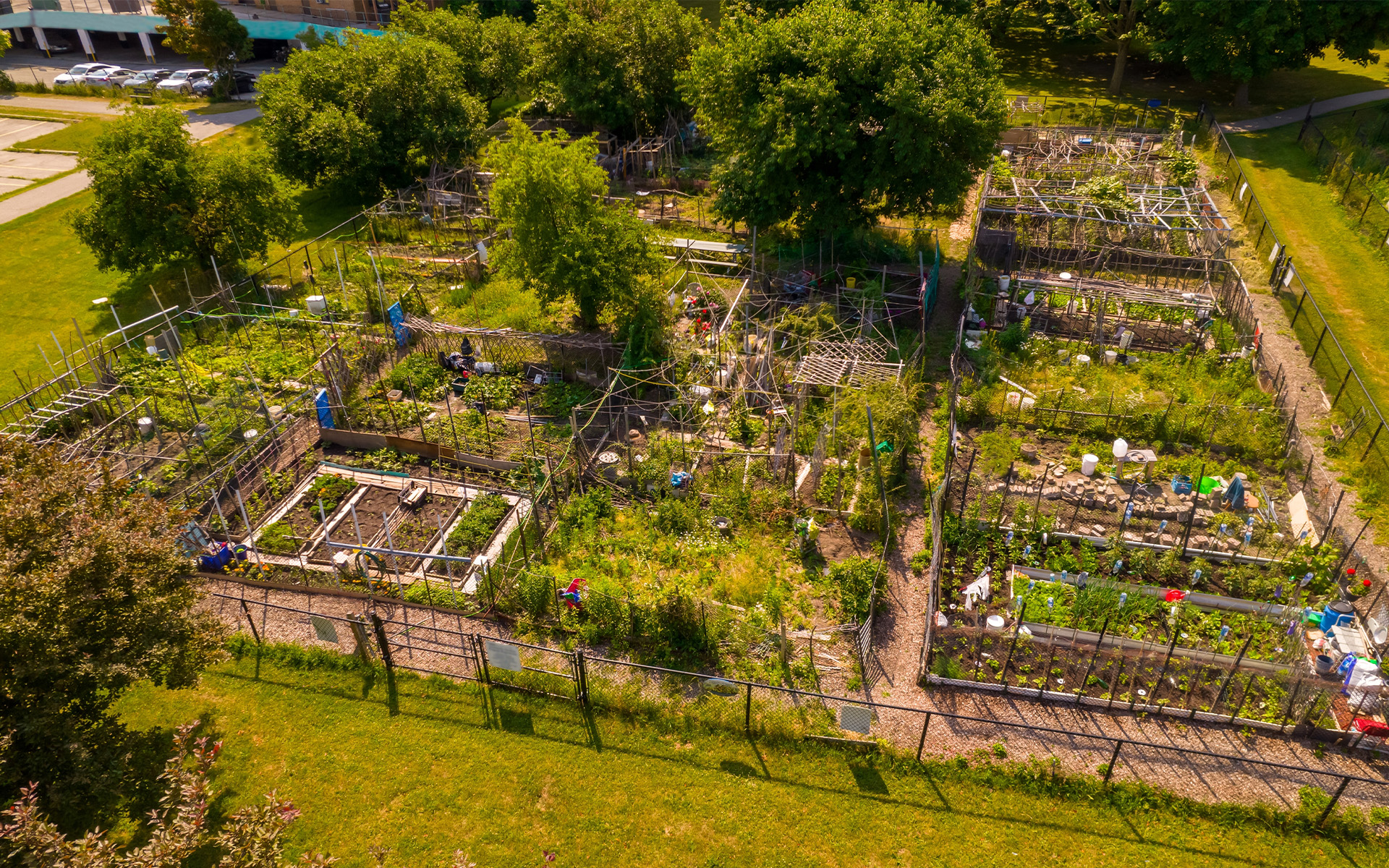
Community Garden in Canada
Canada
Community Gardens in Canada differ from the UK-style allotment in that they are used collectively by residents of the same neighbourhood rather than divided into smaller plots for individual households.


